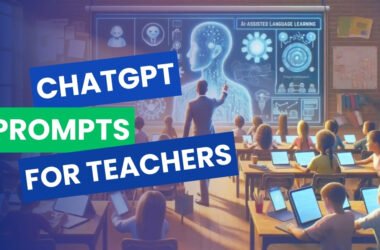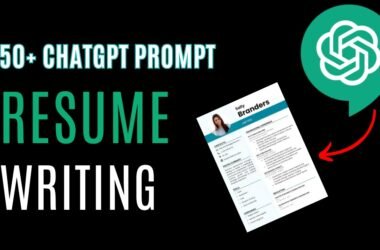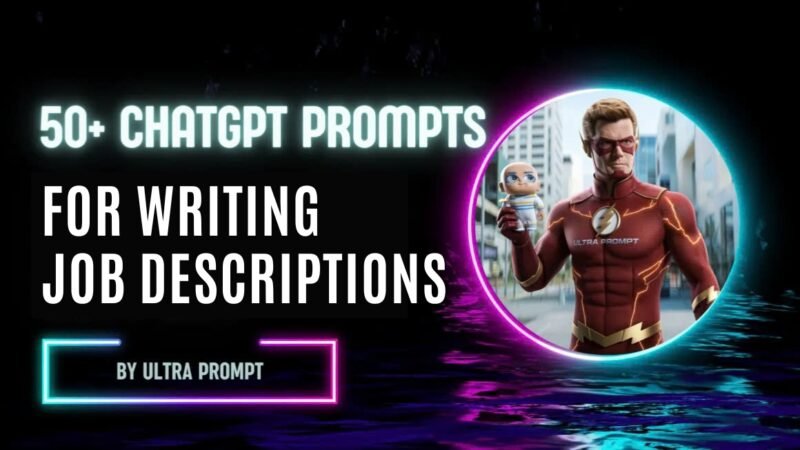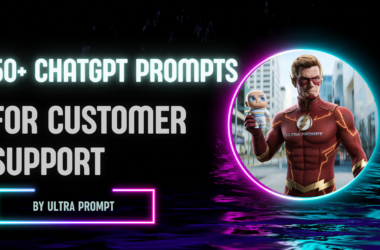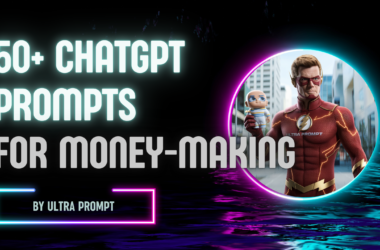In today’s competitive job market, creating an attractive job description is more important than ever. A well-crafted job description not only grabs the attention of potential candidates but also helps you find the right fit more efficiently.
So how do you create those “high-value” job descriptions? Enter ChatGPT, a powerful AI tool with natural language processing skills that can be a real game-changer for recruiters.
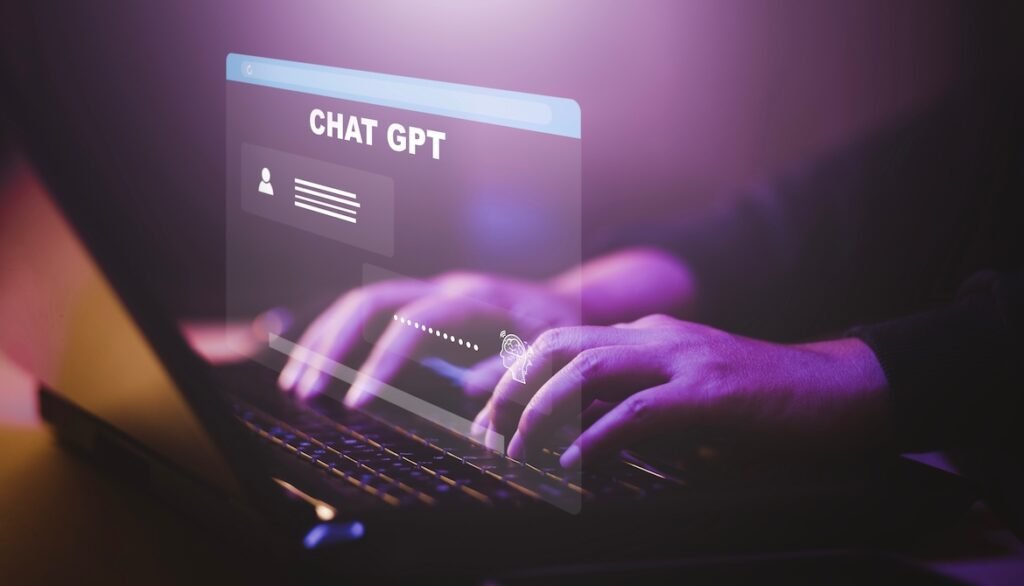
ChatGPT & Job Descriptions: A Perfect Match
Job descriptions play a key role in the hiring process, bringing clarity to both employers and candidates.
- For employers: A job description sets clear expectations, helps stay compliant with labor laws, and attracts the right candidates.
- For candidates: It helps them understand the role, assess if it’s a good fit, and envision career growth opportunities.
Using ChatGPT to write job descriptions offers some serious benefits:
- Beat writer’s block: ChatGPT can provide fresh ideas to help you avoid getting stuck while drafting job descriptions.
- Personalize the content: It allows you to tailor the description to the specific role and its unique requirements.
- Save time and effort: ChatGPT quickly generates content, giving you more time to focus on other important tasks.
- Elevate quality: It uses professional, clear, and concise language, enhancing the quality of your job descriptions.
To use ChatGPT, simply follow these steps:
- Go to the ChatGPT website.
- Create an account (if you don’t have one yet).
- Get familiar with the interface.
- Prepare the detailed information about the job you want to fill.
Mastering the Art of ChatGPT Prompts
Prompts are the key to getting the best out of ChatGPT. Prompts are the commands, questions, or instructions you give to ChatGPT to get the desired output.
The more detailed your prompt, the more accurate and suitable the content from ChatGPT will be. For example, instead of asking ChatGPT to “Write a job description for a Developer,” try something like, “Write a job description for a Java Developer with at least 2 years of experience, based in Ho Chi Minh City.”
ChatGPT can handle a variety of prompts to help you create diverse content:
- Instructional prompts: Provide specific guidance on what you want.
- Question prompts: Ask questions to get more targeted answers.
- Content generation prompts: Request full content creation.
- Explanation prompts: Ask for explanations of a concept.
- Scenario-based prompts: Place ChatGPT in a specific situation.
- System messages: Set ChatGPT’s role in the conversation.
Here are some prompt examples for each part of a job description:
Job Title:
- “Suggest an attention-grabbing job title for a Project Manager position.”
- “The job title should be short, concise, and accurately reflect the role’s responsibilities.”
Company Overview:
- “Write a short introduction about ABC Tech, a company in the technology industry.”
- “Highlight the company’s achievements and core values in the introduction.”
Key Responsibilities:
- “List 5 key responsibilities for a Software Engineer role.”
- “Each responsibility should be described briefly and clearly.”
Skills Requirements:
- “List the necessary skills for a Marketing Specialist position.”
- “Divide skills into ‘mandatory’ and ‘preferred’.”
Benefits and Perks:
- “List the attractive benefits and perks offered by the company.”
- “Use language that is appealing and motivating for candidates.”
How to Apply:
- “Guide candidates on how to apply for the position.”
- “Provide contact information and the application deadline.”
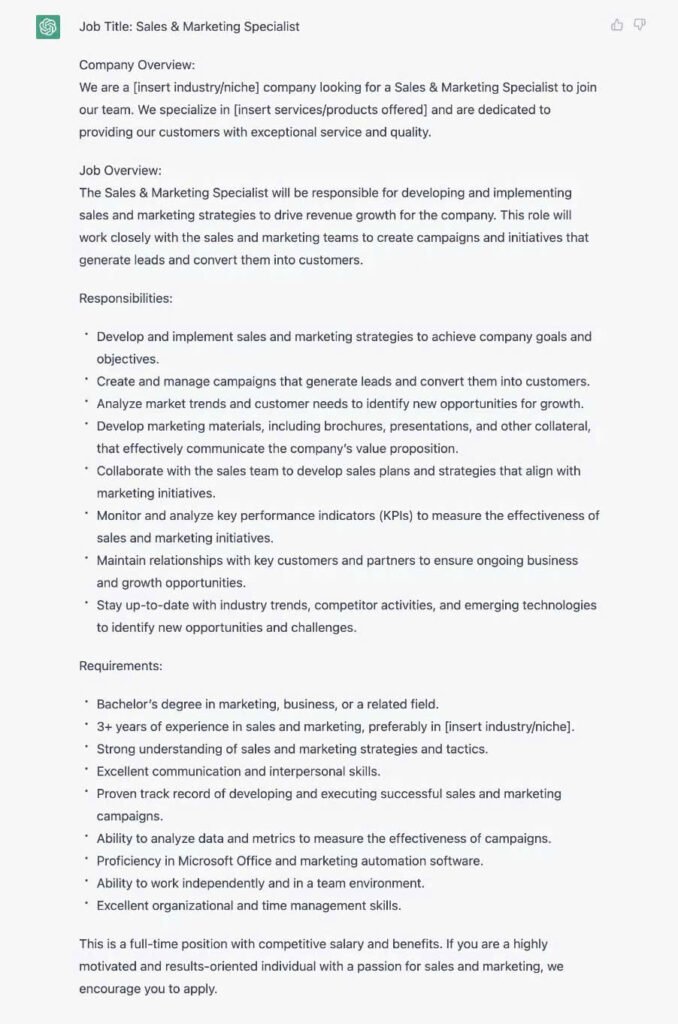
Optimizing Job Descriptions with ChatGPT
ChatGPT doesn’t just help you create content; it also supports you in optimizing job descriptions to attract the best candidates:
- ATS Optimization (Applicant Tracking System):
- Use prompts to get ChatGPT to integrate relevant industry-specific keywords.
- Structure the job description in a format that is easy for ATS to scan.
- Personalization:
- Adjust the tone and style to align with your company culture.
- Highlight key achievements or experiences to impress potential candidates.
Limitations & Things to Watch Out for When Using ChatGPT
While ChatGPT is a great assistant, it does have some limitations:
- Generic information: Sometimes, the content might come off as too generic.
- Limited expertise with technical jargon: ChatGPT might struggle with very specific technical terms.
- Risk of keyword stuffing: If not properly guided, ChatGPT may overuse keywords, which can be off-putting to readers.
Key point: ChatGPT is a tool to assist you, but human oversight is essential for editing and fine-tuning job descriptions.
ClickUp: Your All-In-One Hiring Solution
In addition to ChatGPT, ClickUp is also a fantastic platform to help with job descriptions and managing recruitment. ClickUp offers useful features, such as:
- ClickUp Brain: An AI assistant to help generate content, optimize keywords, and format job descriptions.
- ClickUp Docs: An online document tool that allows you to collaborate and share job descriptions with your team.
- Job Tracking Templates: Helps you organize candidate information, track recruitment progress, and manage applications effectively.
Final Thoughts
ChatGPT is an amazing tool for crafting job descriptions, saving time, improving quality, and attracting top talent. However, remember to use it responsibly and effectively, combining your creativity and experience to produce the best job descriptions possible.
Start exploring ChatGPT, ClickUp, or other tools to enhance your hiring success today!
